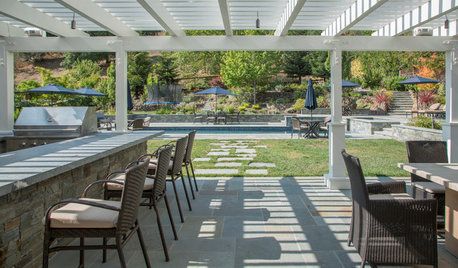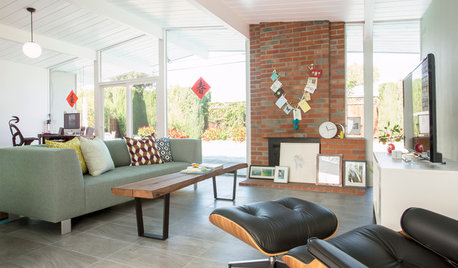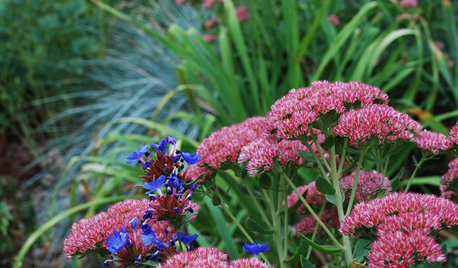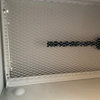Help with AC choice for Northern CA
dljmth
11 years ago
Related Stories

LIFE12 House-Hunting Tips to Help You Make the Right Choice
Stay organized and focused on your quest for a new home, to make the search easier and avoid surprises later
Full Story
EXTERIORSHelp! What Color Should I Paint My House Exterior?
Real homeowners get real help in choosing paint palettes. Bonus: 3 tips for everyone on picking exterior colors
Full Story
STANDARD MEASUREMENTSThe Right Dimensions for Your Porch
Depth, width, proportion and detailing all contribute to the comfort and functionality of this transitional space
Full Story
SELLING YOUR HOUSE10 Low-Cost Tweaks to Help Your Home Sell
Put these inexpensive but invaluable fixes on your to-do list before you put your home on the market
Full Story
ARCHITECTURE15 Smart Design Choices for Cold Climates
Keep your home safe and comfortable in winter by choosing the right home features and systems
Full Story
LIFE6 Ways to Cool Off Without Air Conditioning
These methods can reduce temperatures in the home and save on energy bills
Full Story
MY HOUZZMy Houzz: A Family Backyard for Dining, Relaxing, Swimming and Playing
A thoughtfully placed pool, paving and plantings break up a Northern California yard into 4 functional living spaces
Full Story
HOUZZ TOURSMy Houzz: Family Renovates a 1963 Eichler to Make It Their Own
A Northern California couple expecting their first child move quickly to freshen up their new midcentury modern home
Full Story
GREEN BUILDINGConsidering Concrete Floors? 3 Green-Minded Questions to Ask
Learn what’s in your concrete and about sustainability to make a healthy choice for your home and the earth
Full Story
GARDENING GUIDESFall Is Calling: What to Do in Your October Garden
Get a jump on winter prep or just sit back and watch the leaves fall. The beauty of an autumn garden is in all the choices you have
Full StoryMore Discussions







tigerdunes
dljmthOriginal Author
Related Professionals
Lake Mary Solar Energy Systems · Oakland Solar Energy Systems · Randolph Solar Energy Systems · Rosemount Solar Energy Systems · Voorhees Solar Energy Systems · New Lenox Solar Energy Systems · Danville Home Automation & Home Media · Detroit Home Automation & Home Media · Greatwood Home Automation & Home Media · Natick Home Automation & Home Media · Sarasota Home Automation & Home Media · South Euclid Home Automation & Home Media · Centennial Fireplaces · Shorewood Fireplaces · Crestwood Fireplacestigerdunes
dljmthOriginal Author
ionized_gw
dljmthOriginal Author
dljmthOriginal Author
tigerdunes